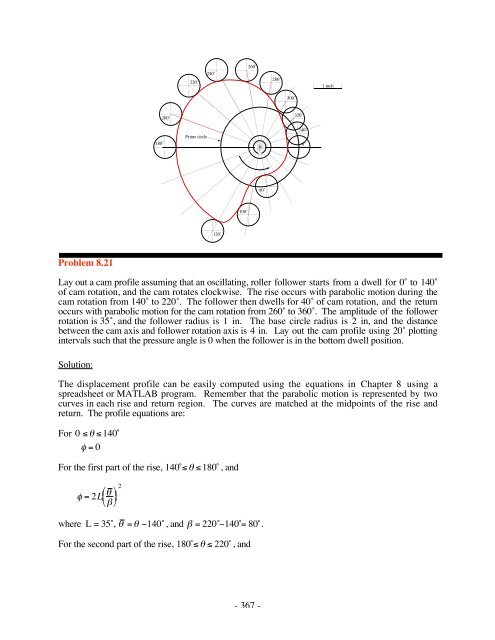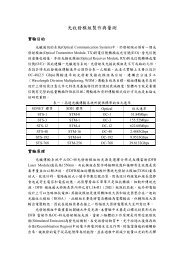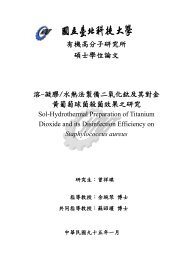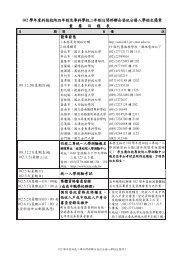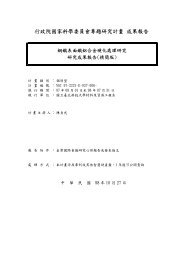Pitch Circle Problem 8.17 Construct the profile of a disk cam that ...
Pitch Circle Problem 8.17 Construct the profile of a disk cam that ...
Pitch Circle Problem 8.17 Construct the profile of a disk cam that ...
Create successful ePaper yourself
Turn your PDF publications into a flip-book with our unique Google optimized e-Paper software.
220˚<br />
240˚<br />
260˚<br />
280˚<br />
1 inch<br />
300˚<br />
180˚<br />
200˚<br />
Prime circle<br />
320˚<br />
340˚<br />
0˚<br />
80˚<br />
100˚<br />
120˚<br />
<strong>Problem</strong> 8.21<br />
Lay out a <strong>cam</strong> <strong>pr<strong>of</strong>ile</strong> assuming <strong>that</strong> an oscillating, roller follower starts from a dwell for 0˚ to 140˚<br />
<strong>of</strong> <strong>cam</strong> rotation, and <strong>the</strong> <strong>cam</strong> rotates clockwise. The rise occurs with parabolic motion during <strong>the</strong><br />
<strong>cam</strong> rotation from 140˚ to 220˚. The follower <strong>the</strong>n dwells for 40˚ <strong>of</strong> <strong>cam</strong> rotation, and <strong>the</strong> return<br />
occurs with parabolic motion for <strong>the</strong> <strong>cam</strong> rotation from 260˚ to 360˚. The amplitude <strong>of</strong> <strong>the</strong> follower<br />
rotation is 35˚, and <strong>the</strong> follower radius is 1 in. The base circle radius is 2 in, and <strong>the</strong> distance<br />
between <strong>the</strong> <strong>cam</strong> axis and follower rotation axis is 4 in. Lay out <strong>the</strong> <strong>cam</strong> <strong>pr<strong>of</strong>ile</strong> using 20˚ plotting<br />
intervals such <strong>that</strong> <strong>the</strong> pressure angle is 0 when <strong>the</strong> follower is in <strong>the</strong> bottom dwell position.<br />
Solution:<br />
The displacement <strong>pr<strong>of</strong>ile</strong> can be easily computed using <strong>the</strong> equations in Chapter 8 using a<br />
spreadsheet or MATLAB program. Remember <strong>that</strong> <strong>the</strong> parabolic motion is represented by two<br />
curves in each rise and return region. The curves are matched at <strong>the</strong> midpoints <strong>of</strong> <strong>the</strong> rise and<br />
return. The <strong>pr<strong>of</strong>ile</strong> equations are:<br />
For 0 140˚<br />
= 0<br />
For <strong>the</strong> first part <strong>of</strong> <strong>the</strong> rise, 140˚ 180˚ , and<br />
<br />
= 2L<br />
<br />
<br />
<br />
2<br />
where L = 35˚, = 140˚, and = 220˚140˚= 80˚.<br />
For <strong>the</strong> second part <strong>of</strong> <strong>the</strong> rise, 180˚ 220˚ , and<br />
- 367 -


